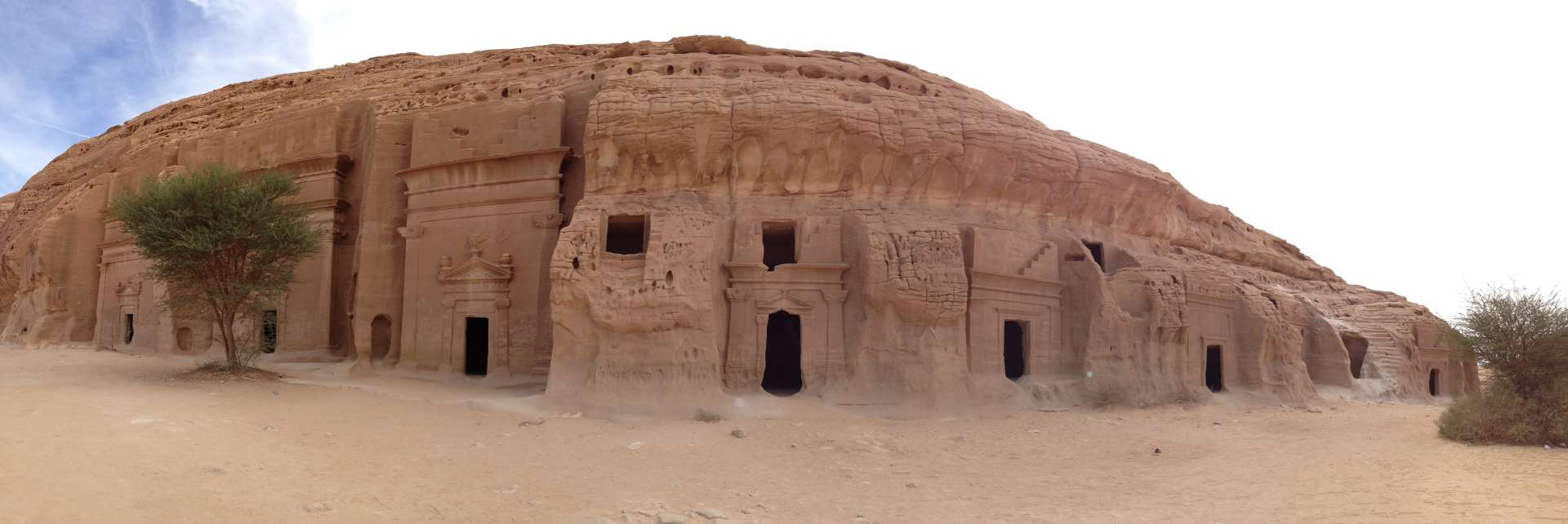Research trip to the Southern Red Sea
Გამოქვეყნდა: 28.04.2018
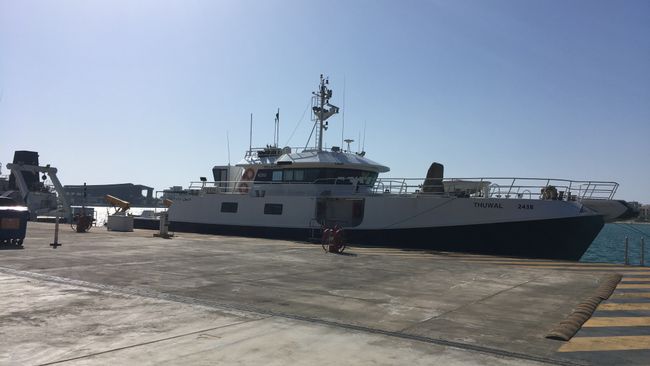
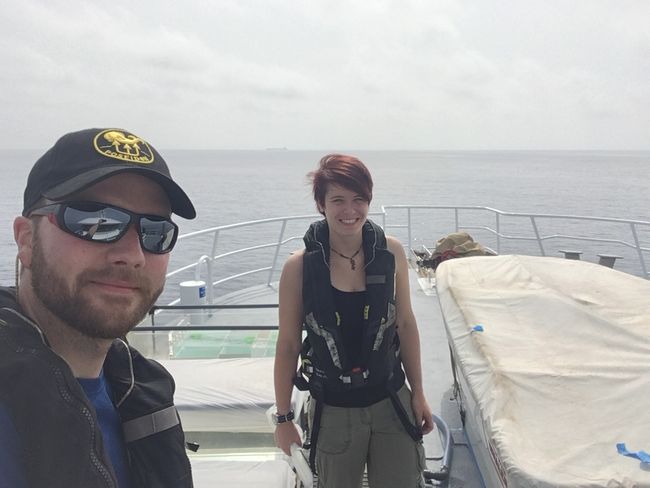
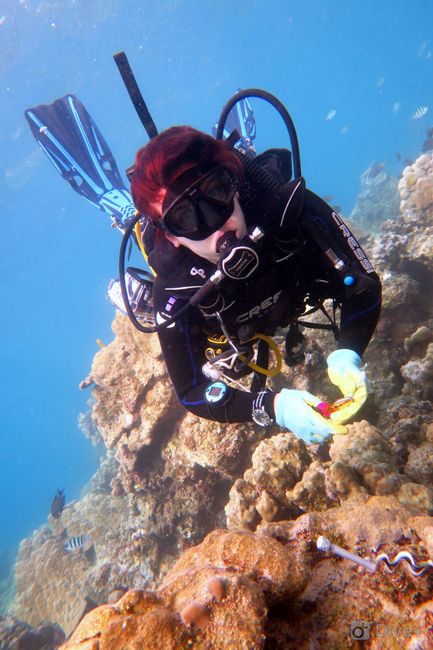

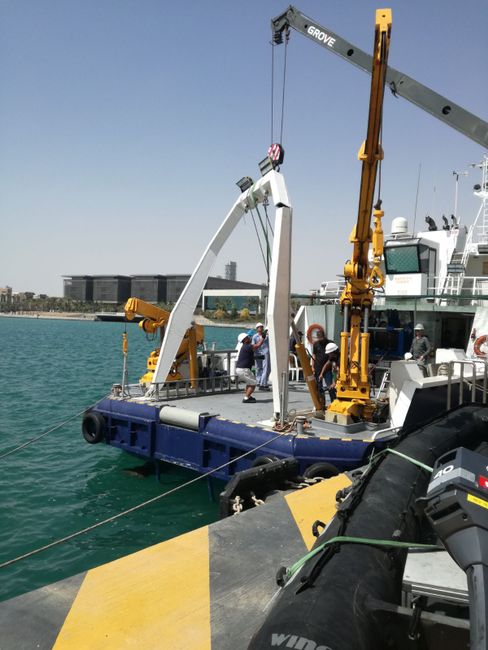
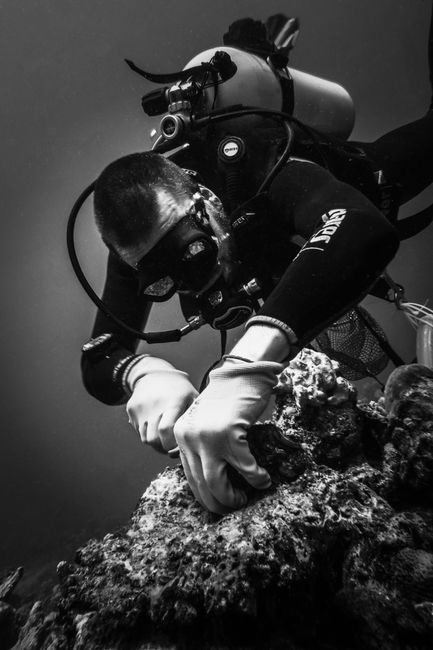
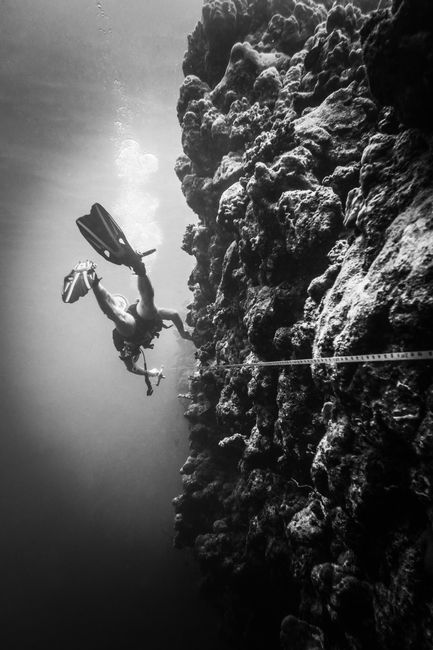
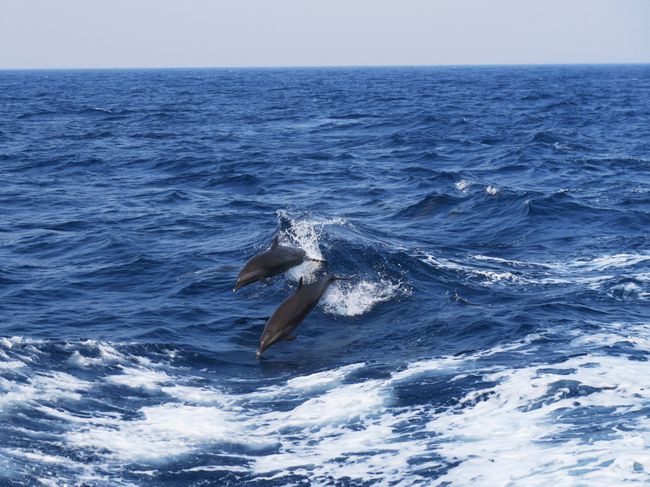
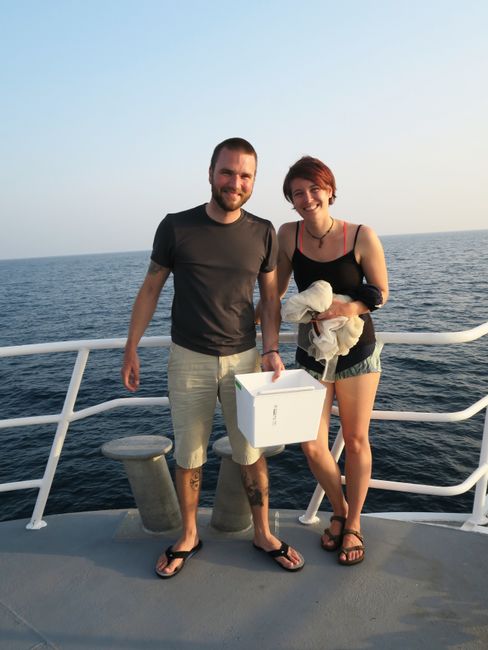
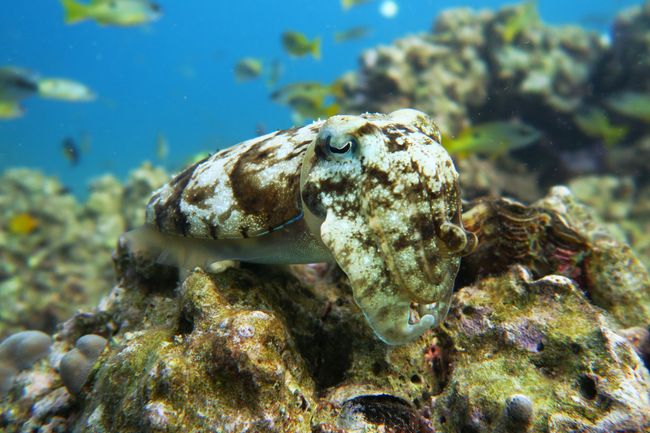
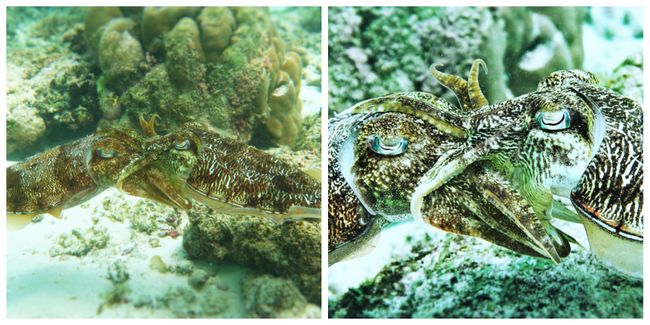
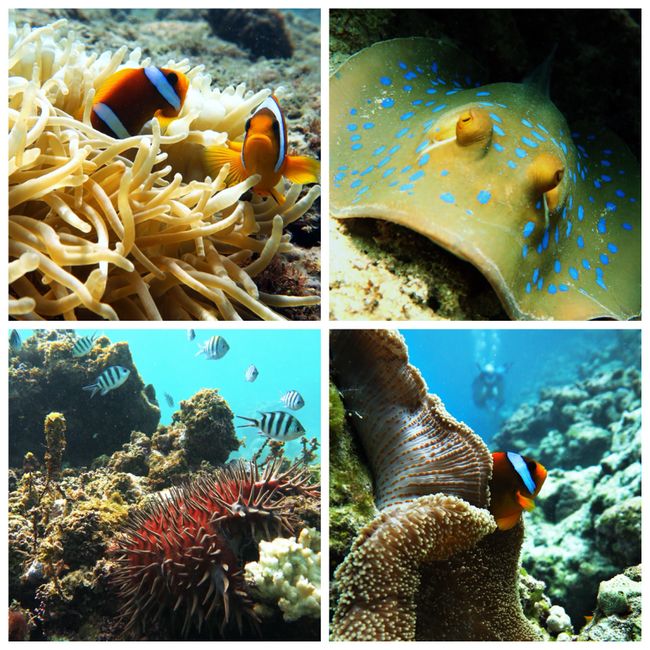
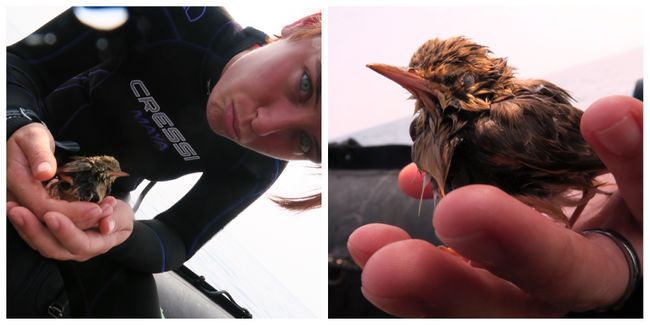
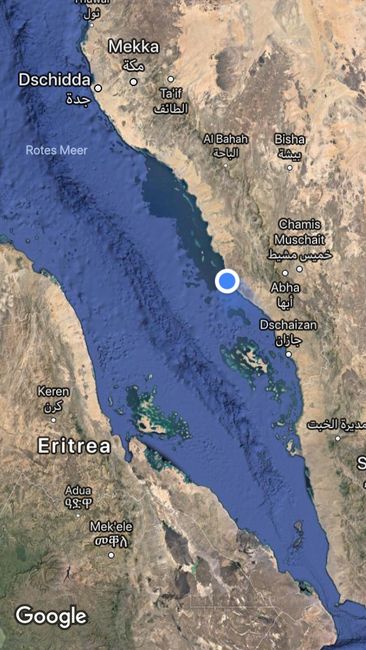
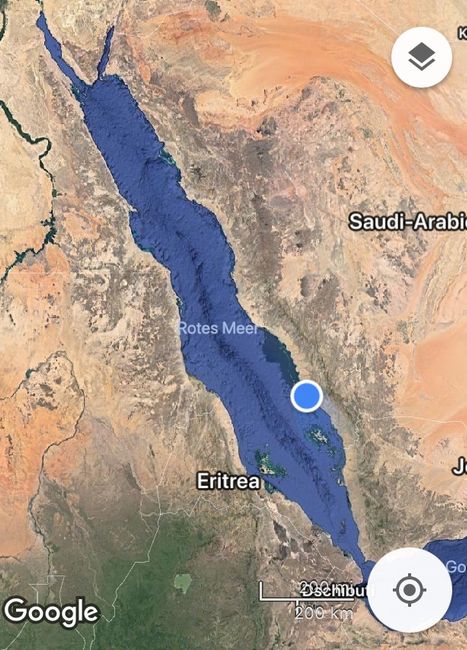
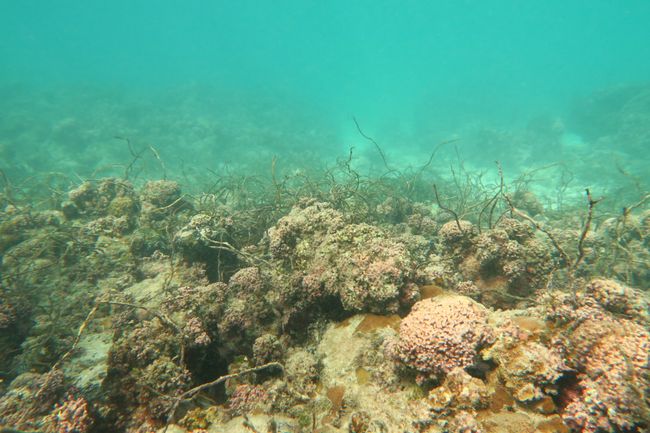
Გამოიწერეთ Newsletter
After our 8-day research trip to the south, we returned safely to KAUST yesterday.
Although the days were quite busy, we had a good time and brought back a lot of (hopefully good) data and samples.

This is the RV Thuwal, the university's research vessel
The journey itself didn't seem to start under a good sign - postponed twice, canceled once, and just before it was about to begin, it was announced that it should be postponed for a few more days. Thanks to a word from my professor, it started on the Thursday before last. Although,.. it didn't go smoothly.. haha..

After a stressful morning, in which we hurried to bring everything on board and set up on time (it was supposed to leave at 1 o'clock), it was said that there were still problems with the crane's hydraulics. After some (it didn't look very professional) back and forth, there was a loud bang and the result of the action can be wonderfully admired in the next photo - a completely distorted A-frame..

Fortunately, we didn't need it - but since it had to be dismantled, our departure was naturally delayed.. When the problem was finally resolved, there was still hours of haggling with the coast guard, and it finally started at 7 o'clock in the evening...
At the first station, at the level of Jeddah, Felix and I collected the shells for my experiment, which took place on the upper deck throughout the journey.

In small incubation chambers, I exposed the shells to different lighting conditions.

Then we finally headed south - the southernmost station was already at the level of Eritrea! You can't go any further or you cannot go towards Yemen because Saudi Arabia is at war down here.

Unfortunately, the reefs here in the southern Red Sea are in pretty bad condition - especially the coral bleaching in the last few years has taken a heavy toll on them and almost all reefs (especially the ones close to the coast) were quite bleak. Hardly any coral left here and everything was either overgrown with algae or you could see the bare rock.

Nevertheless, fortunately, we found some mussels, were able to take tissue samples, and make transects.

Susann taking tissue samples

Felix laying out the transect line
One day, we had to prove our love for animals - especially birds - again - because there was a little bird floating in the middle of the water. Either it had lost its way or maybe it had been blown onto the sea by the wind, but soaking wet as it was, it couldn't take off anymore. After a little freshwater shower and drying in the shade, it flew away again.

Underwater, we also had some great experiences - like these two cuttlefish mating! They didn't let anything distract them from their task...

Yeah... that's what it looks like when cuttlefish 'make love'

This little guy also posed for us on another reef
Of course, there were also the obligatory visits from dolphins ;-)
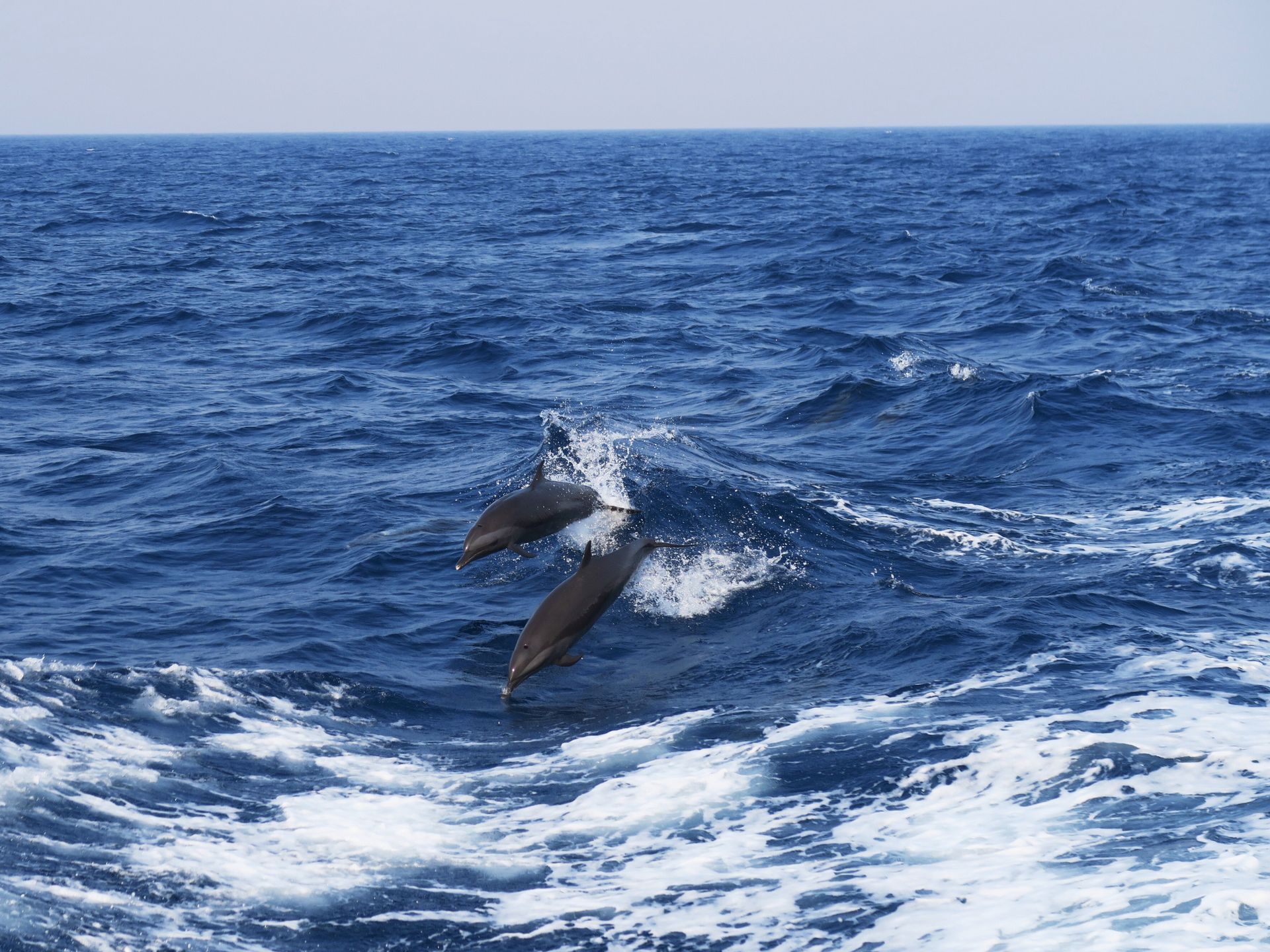
Here are a few more underwater impressions:

The next few weeks will be very busy again - next week I have to finally submit my first paper, in addition, all the samples and data from the trip need to be processed and analyzed, and I also have more fieldwork for this month and my project on the calendar.
If everything goes well, Felix and I will be on the road in other areas in Saudi a few more times in May - also for work. But since none of this is official yet, I'd rather talk about it when it actually happens.
That's all for now.
Best regards to all of you
Felix and Susann

Გამოიწერეთ Newsletter
Უპასუხე
